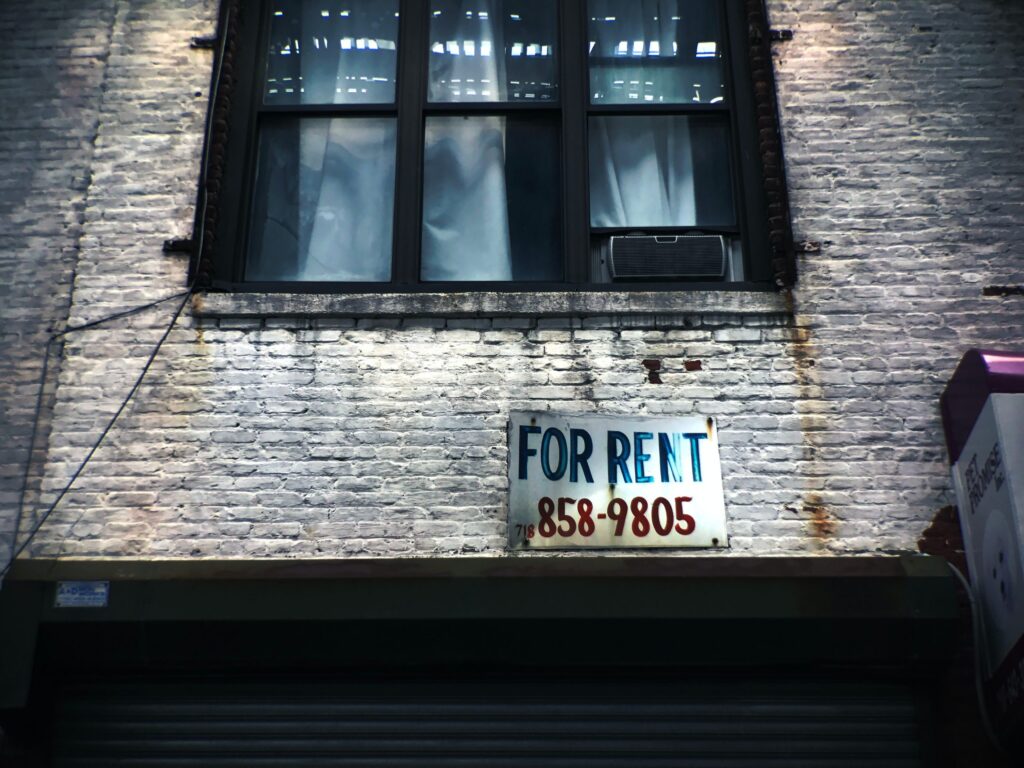Welcome to Kilo Lima! This the first blog post that I’ve ever had the opportunity to write, but fortunately it’s on a topic that I’ve had a lot of experience with as both a building official and a design professional. Leasing a tenant space can be complicated. However, having a knowledgeable commercial realtor helps.
Many realtors will involve a Building Code consultant before a lease is signed to identify any potential major issues which may arise.
Some leases are contingent on the receipt of a building permit for a space. This is also a good idea, since Zoning and Building issues are not always apparent from a preliminary review. If you are thinking about leasing a space, make sure you are informed and ask questions. The following are the 5 primary things you need to know before leasing a space.
1. Is This Use Permitted for This Zoning Area?
This is not a Building Code issue, but it is important. Defined Zoning uses are different from Building Code occupancies. The Building Code may allow an occupancy in a building, but the Zoning Bylaw may not permit it. For example, the Building Code does not differentiate between Assembly occupancies like restaurants, fitness centres and nightclubs, but the Zoning bylaw typically does. Ensure that the Zoning for the area allows the permitted use. Commercial realtors typically check this, but make sure to ask.
2. Is This a Change in Occupancy?
The Building Code is occupancy based, meaning for each different occupancy there is a different set of rules that are applied. The different major occupancies that are defined in the Building Code can be summarized here.
This is typically where tenants run into issues as the Building Code is complex and occupancy requirements are not clearly laid out.
All new construction must be compliant with the current Building Code, but a change in occupancy can reach beyond the actual proposed area of construction to affect the requirements for the overall tenant space or the building as a whole.
If the new tenant is the same occupancy as the previous one, the building classification does not change and construction is focused within an existing demising wall system with existing exits. Therefore, only the proposed construction within that space is typically required to conform to the current Building Code.
If the new tenant is a different occupancy from the previous one, the changes in Code requirements for the new occupancy may require changes to demising wall, exits, washrooms, building classification, etc. A few examples of unexpected costly requirements I have seen due to a change of occupancy are:
- The new occupancy has a requirement for the building to be sprinklered in a currently unsprinklered building,
- The addition of a fire alarm system required for the entire building due to the new occupancy,
- The roof of the entire building requiring a fire-resistance rating due to the new occupancy,
- Demising walls requiring upgrading from 1 hour to 2 hour (difficult to achieve from both sides when the adjacent tenant is in the space),
- Prohibition of occupancies combinations in the same building (combinations are rare given most Zoning regulations, but they can occur)
3. Are There Sufficient Exits from the Tenant Space?
Most tenant spaces will require two exits. If there is only one exit, this can be a potential red flag especially if there is a change in occupancy involved and the building is not sprinklered. Some occupancies, such as Business and Personal Services occupancies, are permitted much longer travel distances to a single exit or egress door than a Mercantile or Assembly occupancy.
Where these exits lead to is as important as how many there are. At least one exit from a tenant space must lead directly to the exterior or to a public corridor or exterior passageway.
4. Is This Tenant Space Currently Barrier-Free Accessible?
If the proposed use of the tenant space is a change in occupancy from the existing use of the tenant space, barrier-free access will likely be required to be upgraded (with some exceptions). But even if this is not a change in occupancy, some businesses need barrier-free access because of their clientele. Upgrading accessibility can be relatively inexpensive for a tenant space at grade and may only consist of the addition of power door operators. But if an existing tenant space is not at grade and a ramp or lift is required to provide access, the additional cost of these facilities must be considered as well as whether there is the required amount of space on the property to provide them. The costs of upgrading existing washroom facilities to meet barrier-free accessibility requirements must also be considered.
5. Are There Sufficient Washrooms in This Space for the Proposed New Use?
The addition of washrooms can be costly. Knowing the intended occupant load and use of the proposed tenant space and determining the required number of washrooms for that occupant load and use is important. If a space is used as a retail occupancy, one male and one female washroom are sufficient for up to 300 occupants. But for offices, one male and one female washroom may only serve up to 50 people.
Leasing a space seems very straightforward on the surface, especially if the space to be leased does not appear to require any construction work. Many leased spaces do not pose any potential issues for the prospective tenant, but occasionally what seems to be a typical space results in a host of issues for the tenant.
The 5 things to be considered above are based on my practice in Saskatchewan. Other provinces or jurisdictions may have additional upgrade requirements (ie structural), so be sure to contact a code professional and/or your local authority before signing a lease.

